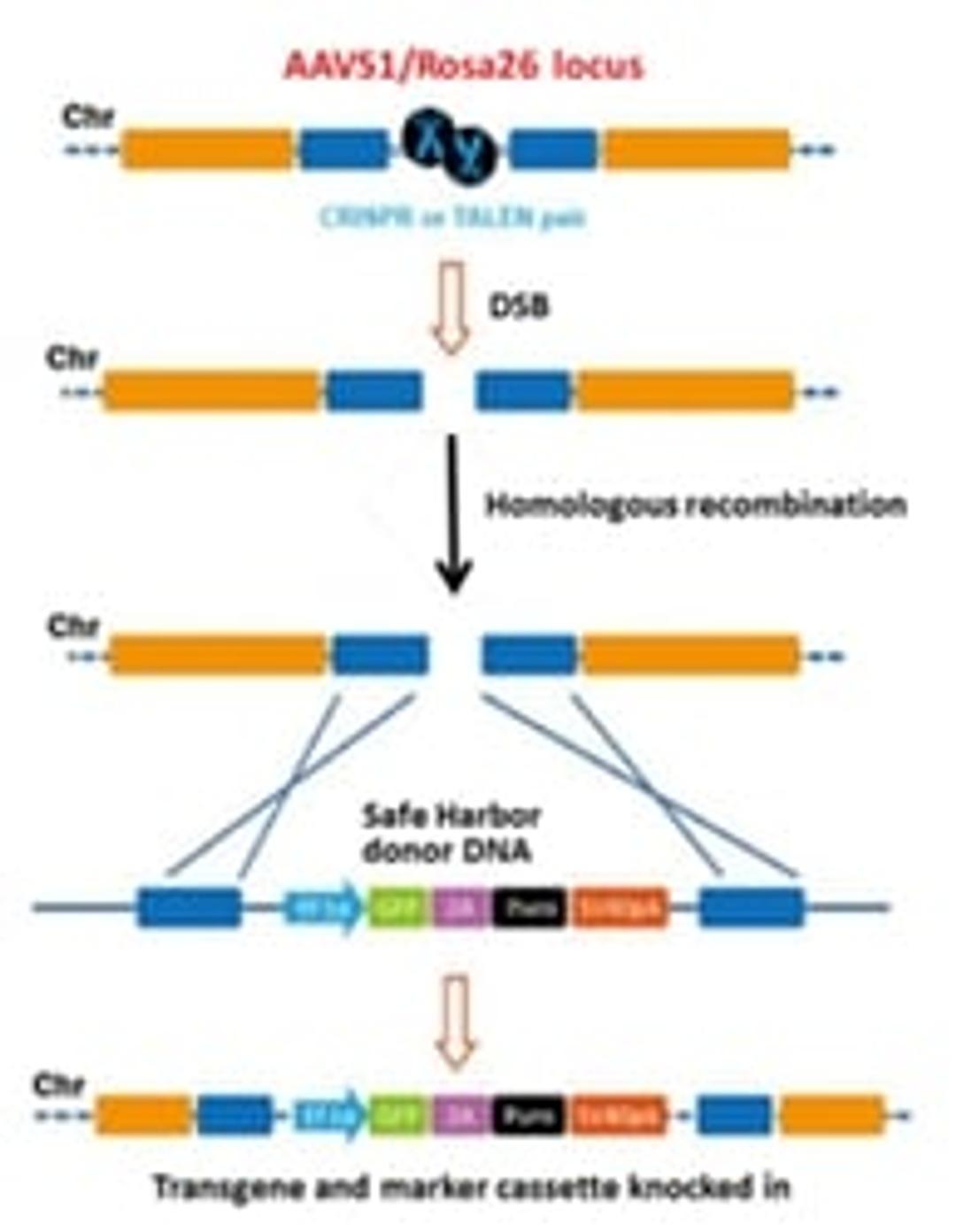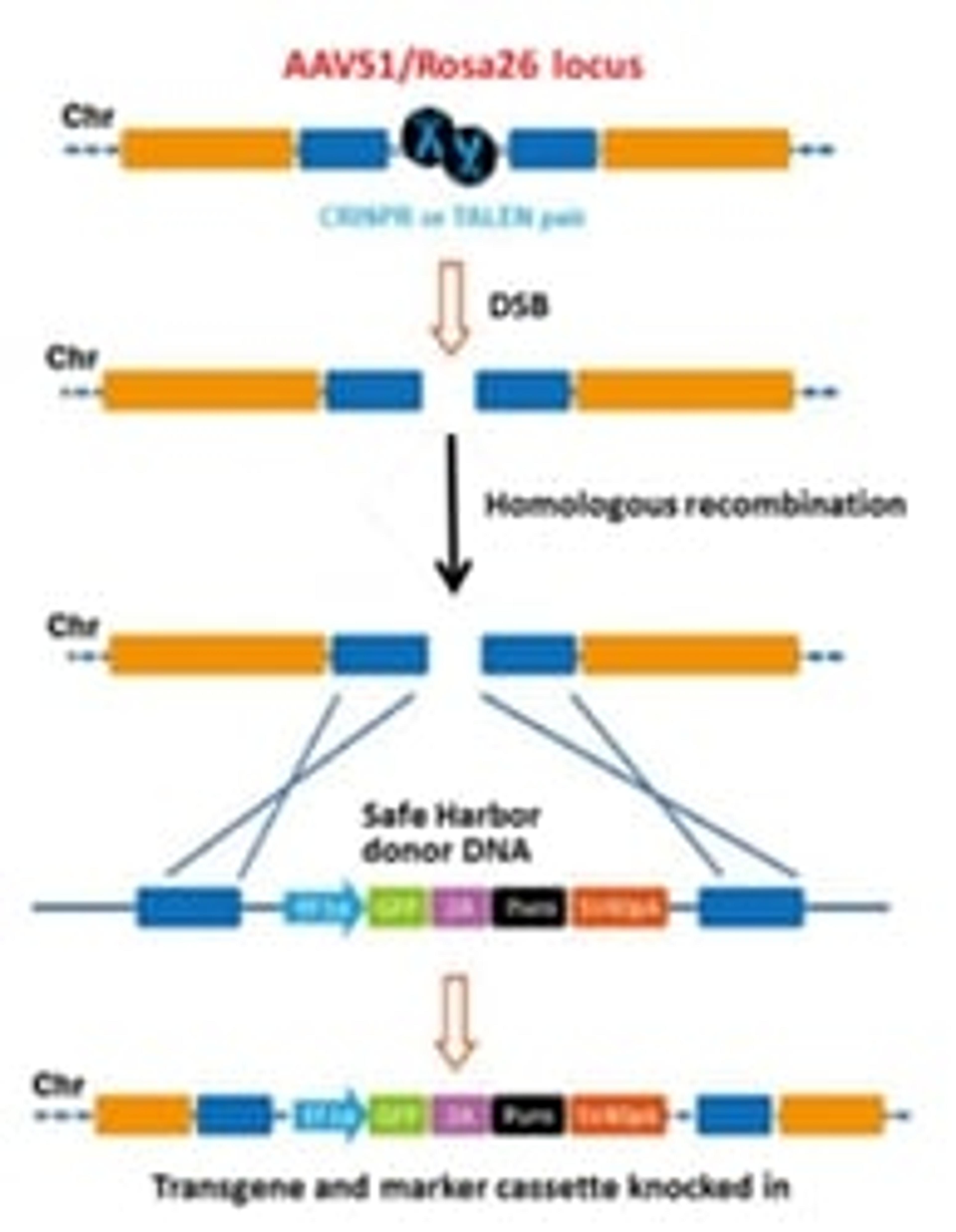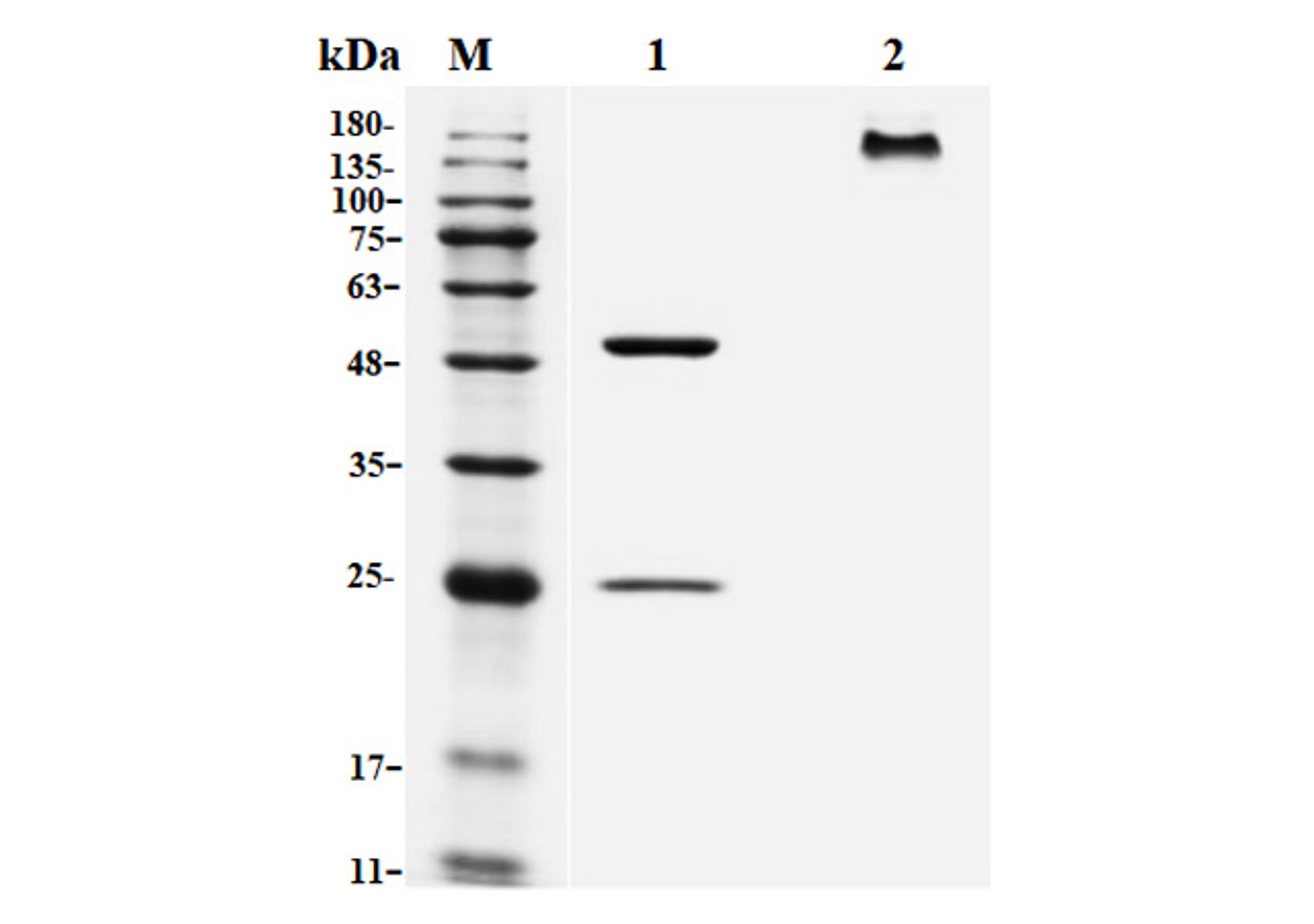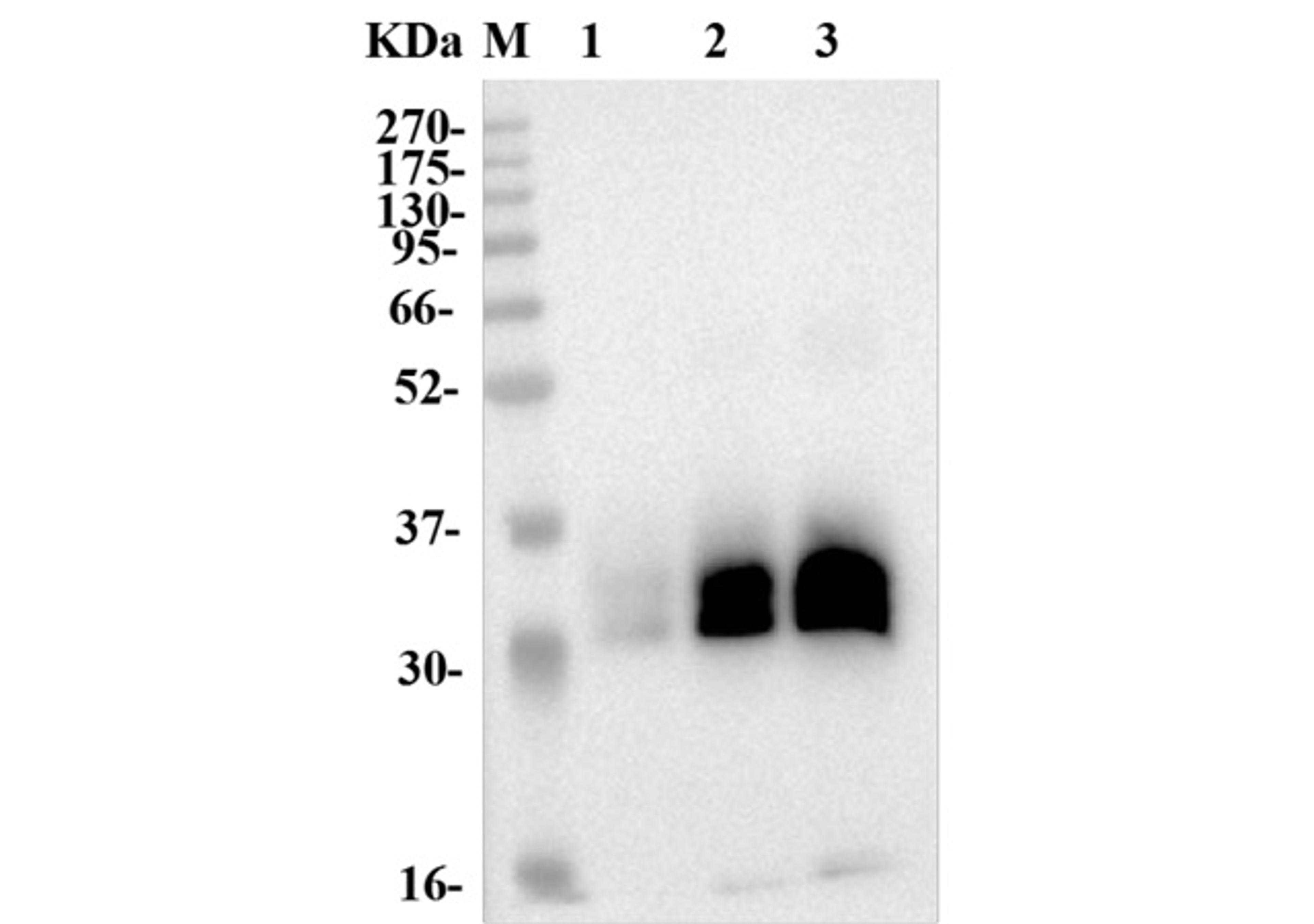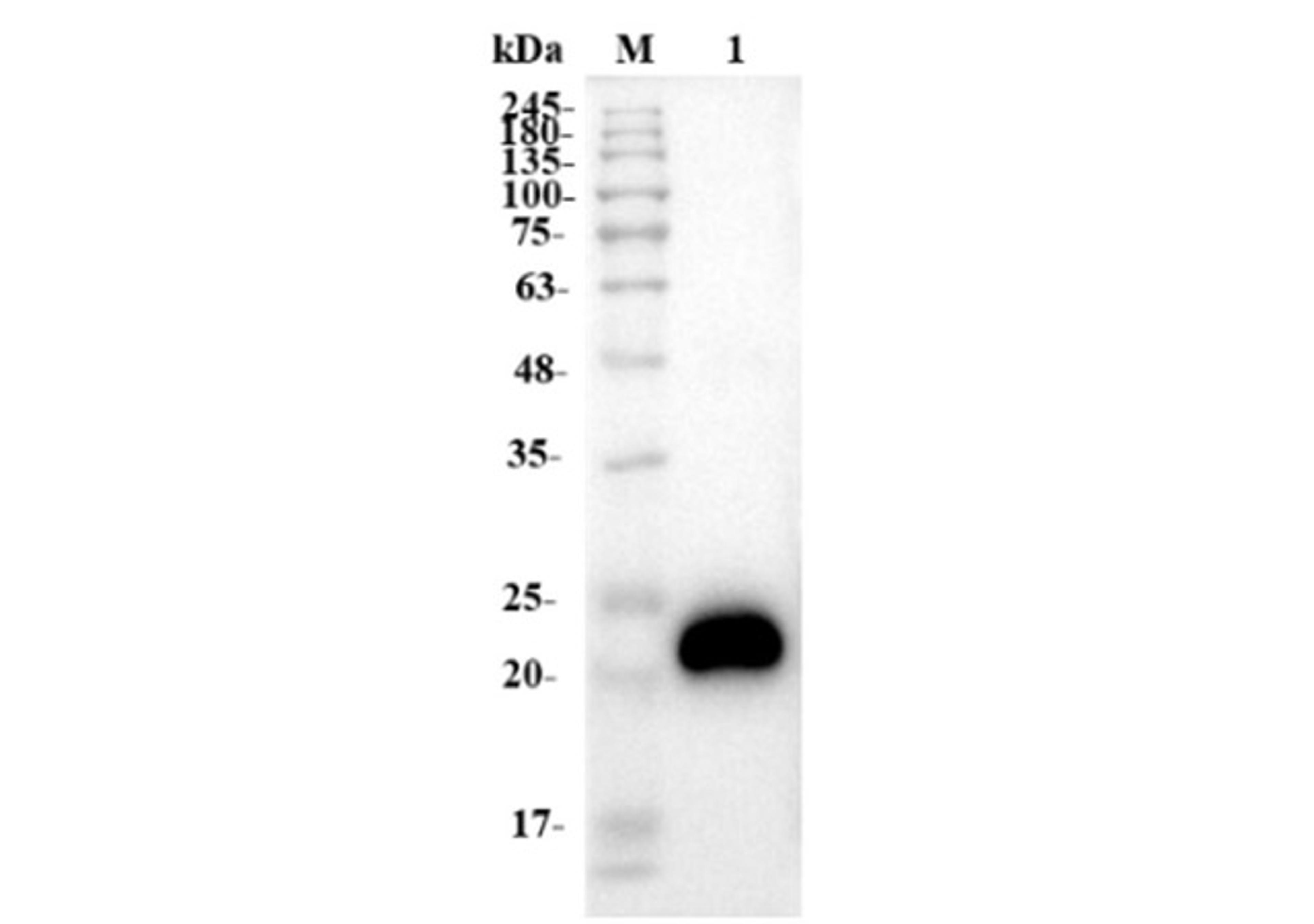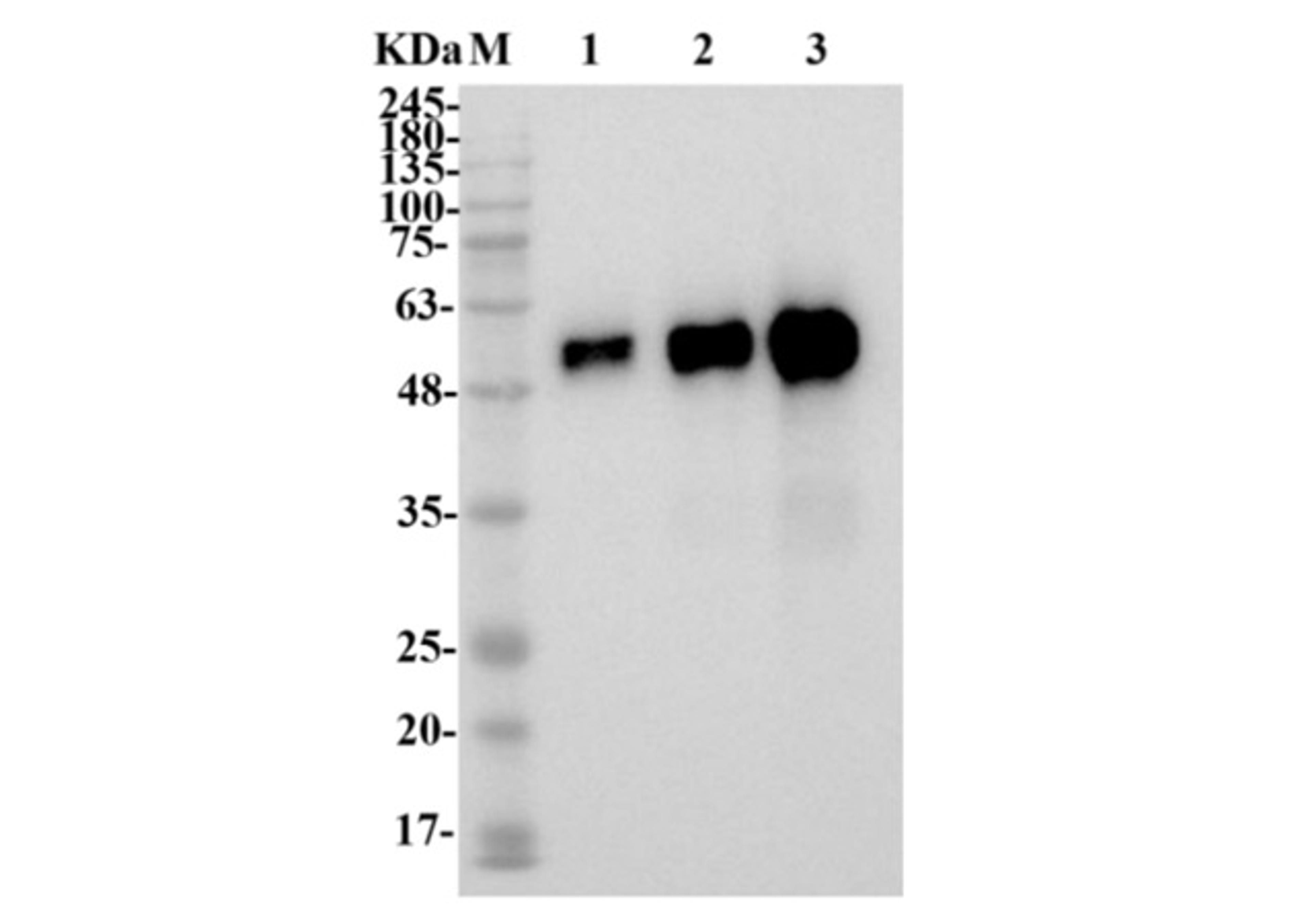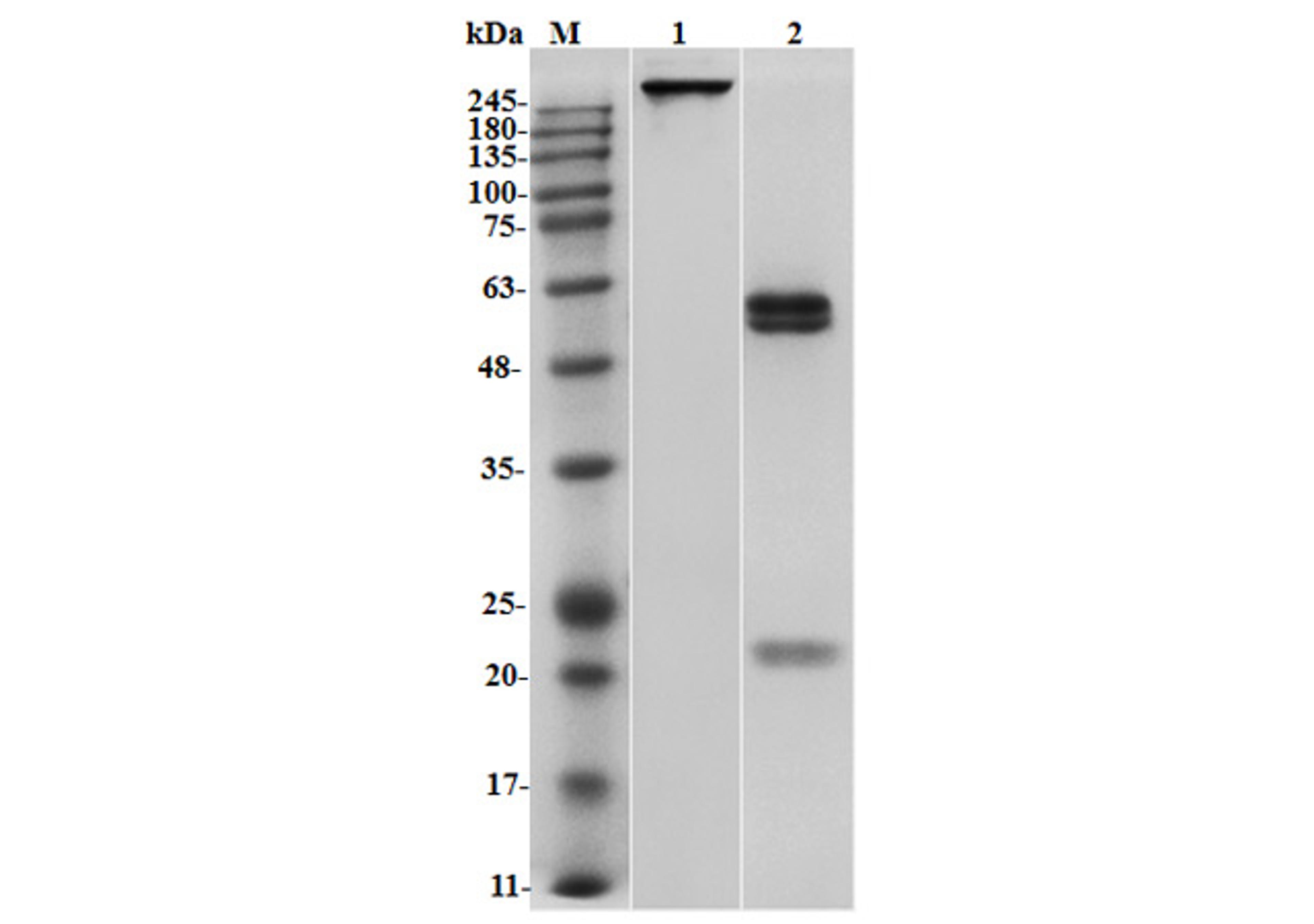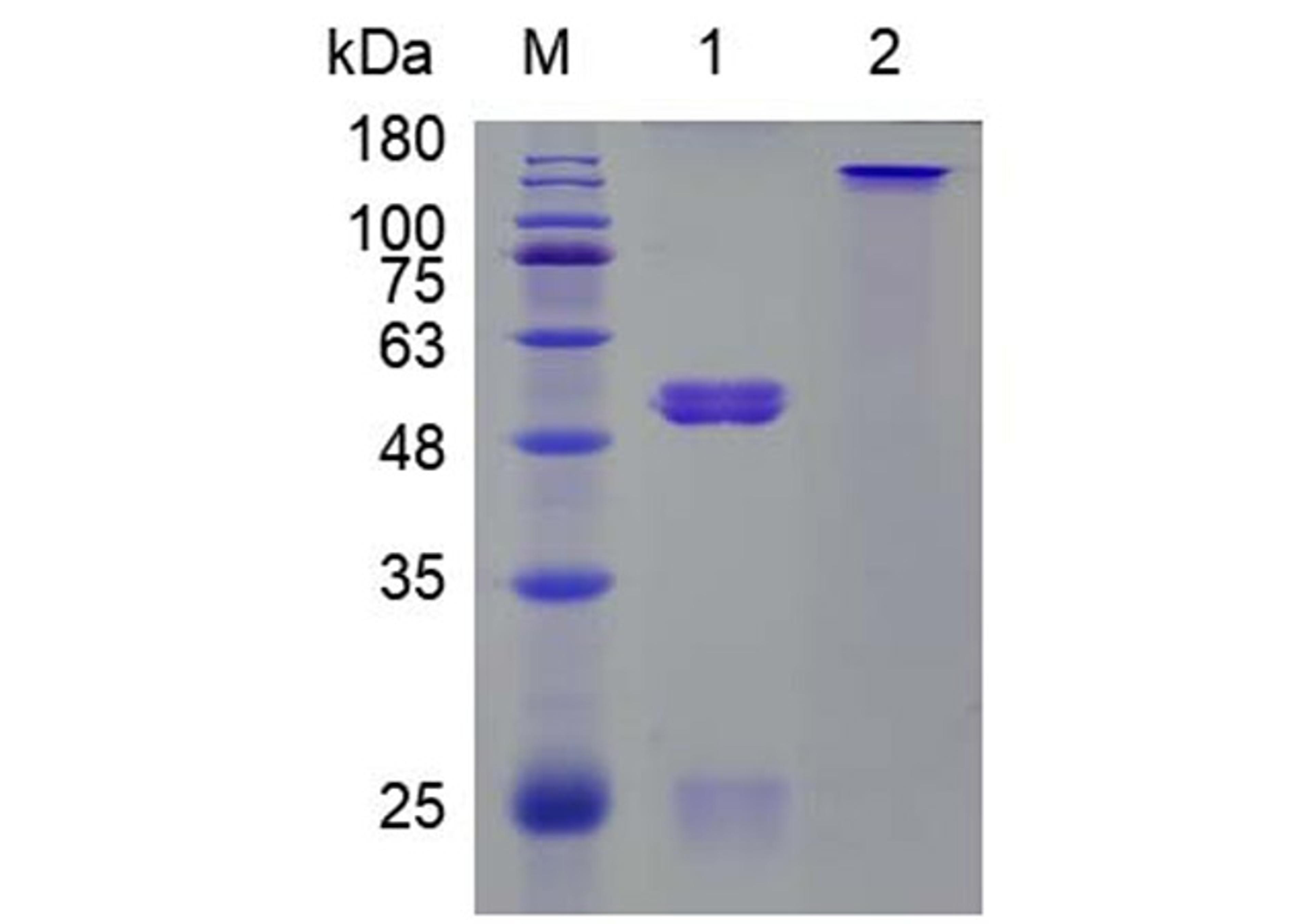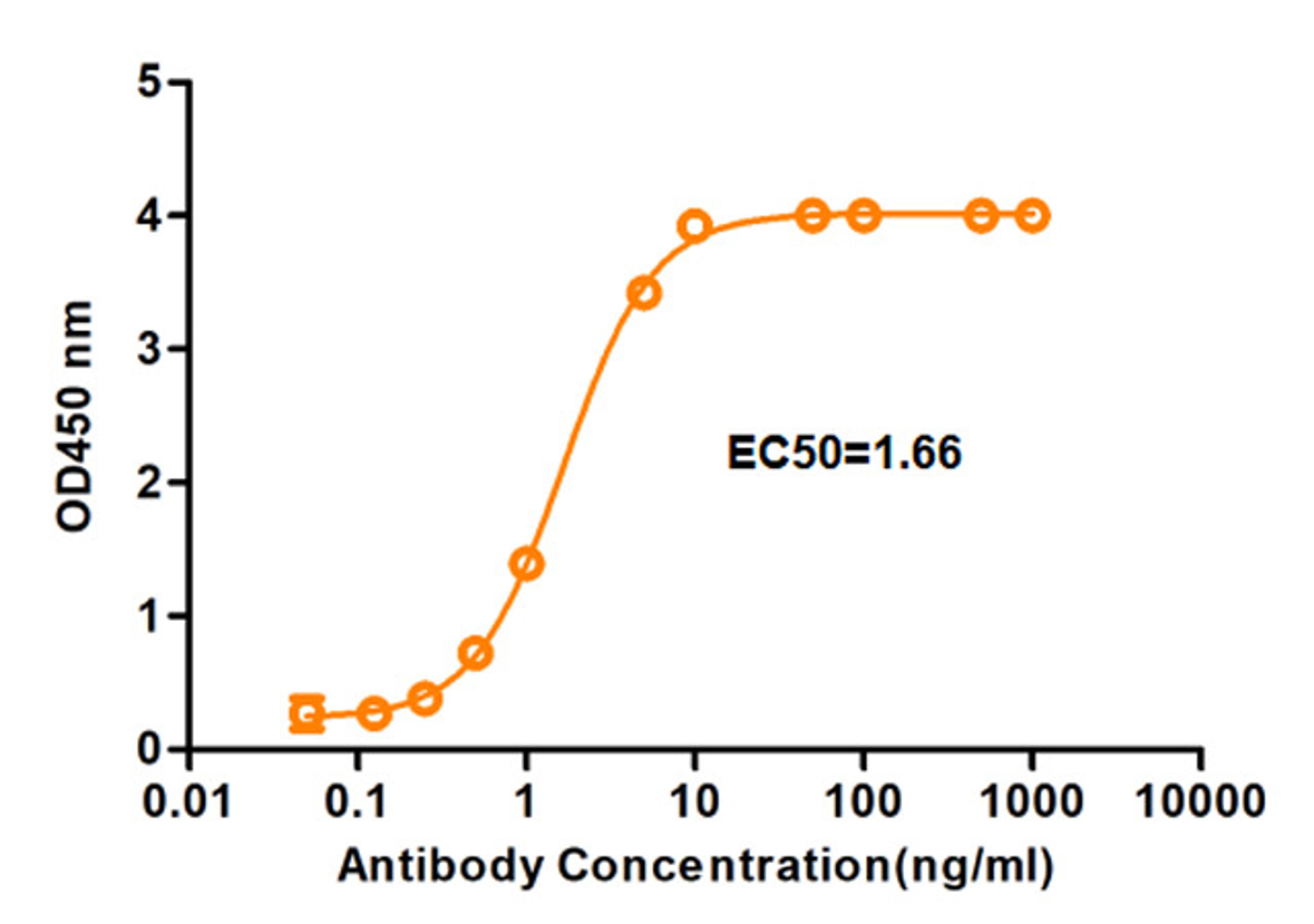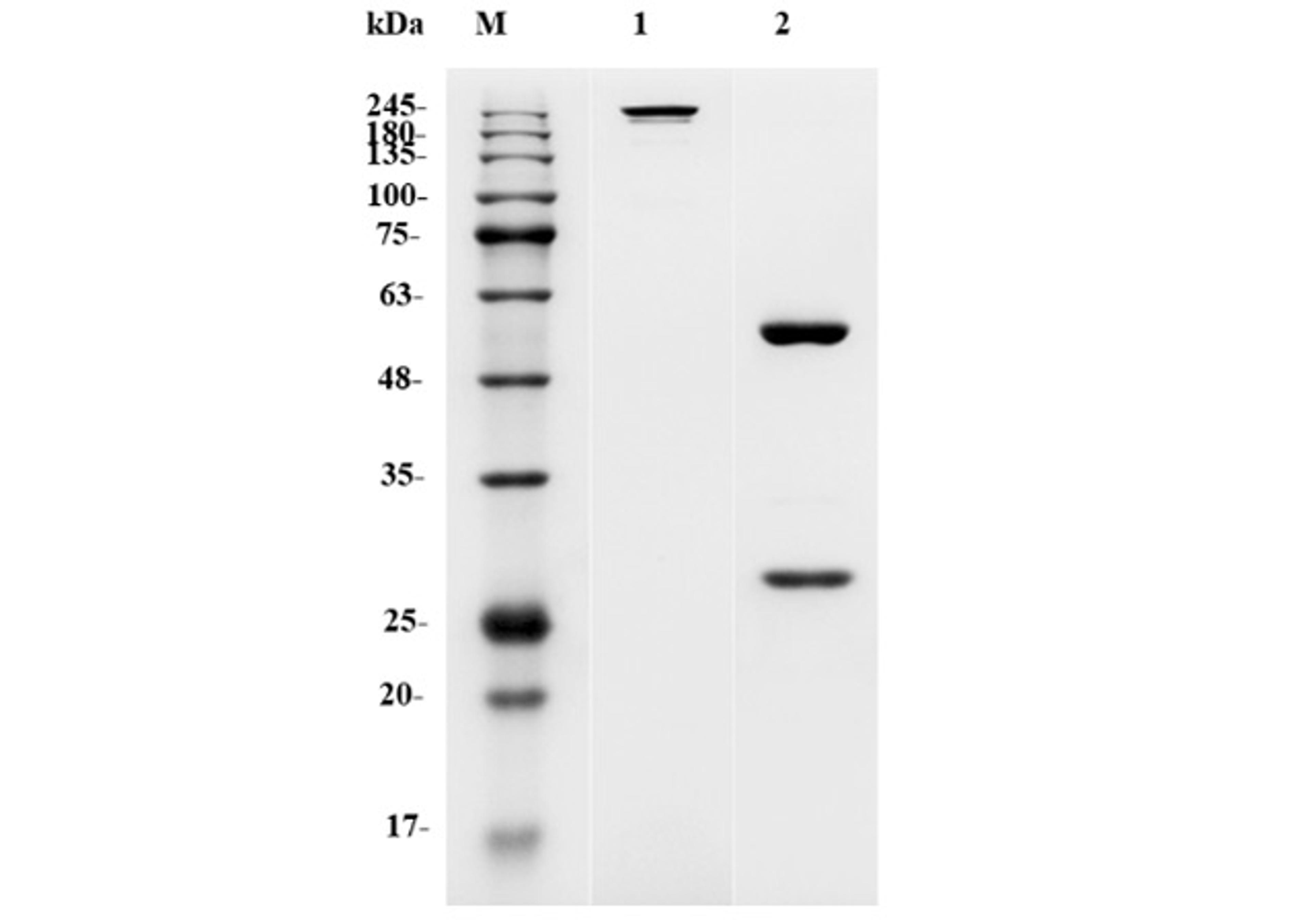Mouse ROSA26 safe harbor gene knock-in kit and clones
Mouse ROSA26 safe harbor gene knock-in kit and clones. ROSA26 (also known as ROSAβgeo26 locus) in mice genome is first found in chromosome 6 in one particular strain of mice-named ROSAβgeo26-expressed β galactosidase from a randomly inserted transgene at high levels uniformly in nearly all tissues examined. This locus expresses one coding transcript and two noncoding transcripts, and only the non-coding transcripts are disrup…
The supplier does not provide quotations for this product through SelectScience. You can search for similar products in our Product Directory.
Mouse ROSA26 safe harbor gene knock-in kit and clones.
ROSA26 (also known as ROSAβgeo26 locus) in mice genome is first found in chromosome 6 in one particular strain of mice-named ROSAβgeo26-expressed β galactosidase from a randomly inserted transgene at high levels uniformly in nearly all tissues examined. This locus expresses one coding transcript and two noncoding transcripts, and only the non-coding transcripts are disrupted by the insertion. While pups homozygous for the insertion are born at slightly lower frequency than heterozygous pups, homozygotes appeared to develop normally and were fertile. So, the “Rosa26” locus has since been used as a transgene insertion site that causes no apparent adverse effects on fitness, and permits stable gene expression.
ROSA26-specific TALENs or CRISPR-Cas9 system can generate a DNA double-strand break (DSB) in ROSA26 in mouse genome, stimulating natural DNA repair mechanism. In the presence of ROSA26 ORF knockin clones, homologous recombination (HR) happens and integrantes DNA fragment from ORF knockin clone into the safe harbor locus.

